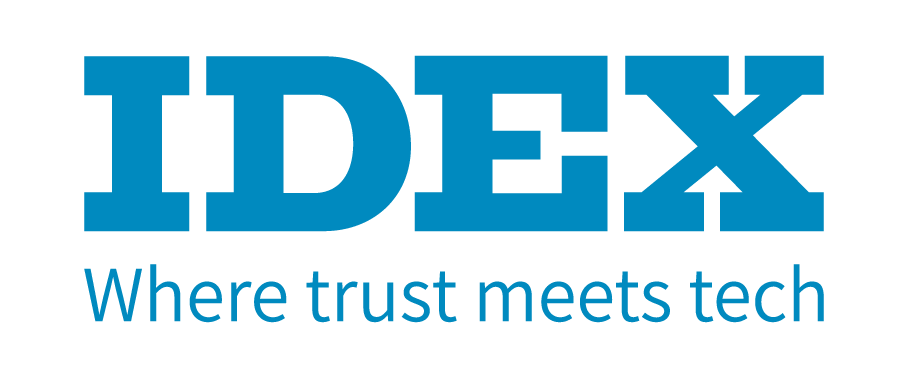IP Law: The Basics of Registered Designs
May 03, 07
You open your eyes, noticing the dawn light of early summer streaming through the open window, and smile to yourself, still dreaming of the diamond cut that pervaded your thoughts throughout the night. You can picture the stone in its various sizes and different settings. You even know the story that you will tell about it, the make-believe legend of princes and princesses. This new design will be the story of the upcoming event. Everyone will want to look at it, to handle it, to possess it.
But then your brow creases, as if a cloud has come into your thoughts. You know that among those wishing to possess it will be your neighbors from across the hall in the Diamond Exchange, or your competitors from across the ocean; especially the firm that always has something new, a new cut that they seem to dangle in front of you, as if mocking you; and reminding you that you can’t touch their design, as they have protected it by ‘worldwide’ registration (or so they claim).
This time, however, you’re going to be the smart one with the new design and the registrations to go with it. But what exactly can you protect in a design registration? Is it the same in every country? For how long does it last? Do you even need ‘worldwide’ registration?
You take a deep breath. Slow down, you tell yourself. First thing’s first. Get to the office, and call your patent attorney. They’ll have the answers to your questions, as well as to many others that haven’t even occurred to you.
These questions are important. It’s true that your patent attorney will be responsible for ‘getting the job done.’ It’s also important for you to understand how design registration can help you. So let’s answer these questions, bearing in mind that situations differ, and that the information provided here is of a general nature only. Always seek professional advice prior to taking action.
Q What is protected in a design registration?
A New esthetic features of a product. In some jurisdictions, it is only possible to register a product as a whole. In other jurisdictions it is possible to protect a specific portion only, i.e. less than the complete product.
Q How long does design protection last?
A This varies from place to place. In Europe, a design may be registered for an initial five years, renewable for four subsequent five-year periods, for a maximum protection period of 25 years. In the U.S., a “Design Patent” expires 14 years after it is granted.
Q Is worldwide registration required?
A Worldwide registration (i.e. as a single registration) per se, does not exist. It is normally unnecessary to register a design in every country in the world. While there isn’t a single rule that can be applied to all situations, new diamond cuts should be registered in all countries in which you feel that there is potential for a significant market* and in which infringement is likely to occur without registration.
Q Can I register my design after disclosure?
A In most jurisdictions applications must be filed prior to disclosure to a third party. Two exceptions are the U.S. and the European Union where there is a grace period, enabling you to file an application up to 12 months after the first disclosure of your new design. In the EU system (which covers all EU countries in a single registration), three-year unregistered protection also exists. Both the grace period and the limited unregistered protection should only however be relied upon as a last resort, and based on professional advice.
It’s late in the evening. The stars shine brightly through the clear night sky. Your last conscious thought before falling asleep is that your new diamond cut is at least as bright as those stars, and by registering it as a new design, is as untouchable to your competitors as the stars shining so radiantly…
*There is no single rule for what constitutes a ‘significant’ market, but there are two questions that you should always ask yourself when deciding whether to register in a particular country (‘country X’).
1. Do I care if my new diamond cut is copied and freely traded in country X?
2. Is the cost of registering in country X a worthwhile business investment?
***
This is the fifth in a series of articles about intellectual property. Click Related Articles below for the first three articles.
Jeremy Ben-David, originally from the UK, has been involved in IP since 1985, and since 1995 has been managing partner of JMB & Co, a full service Intellectual Property firm. He can be reached by email at: jmbendavid at israel-patents.co.il.